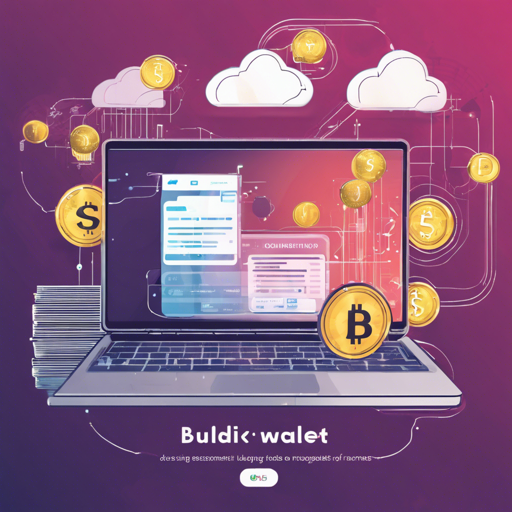In the digital age, e-wallets are becoming an essential part of our financial ecosystem. Building a robust e-wallet REST API can help you manage transactions seamlessly. In this guide, we’ll explore how to create an E-Wallet API using Node.js, Express, and MongoDB. Grab your virtual toolbox, and let’s dive in!
Requirements
Getting Started
Follow these steps to set up your E-Wallet API:
- Clone the repository:
git clone https://github.com/mmucito/ewallet-rest-api.git cd ewallet-rest-api - Install Yarn:
npm install -g yarn - Install dependencies:
yarn - Set environment variables:
cp .env.example .env
Running Your API
Now that you have set everything up, let’s run your API:
Locally
yarn devIn Production
yarn startAPI Reference
To find more about the API, refer to the API Documentation.
API Endpoints
Access the API at: ewallet-rest-api.herokuapp.com
Testing Your API Locally
Let’s walk through the basic functionalities of your E-Wallet API:
1. Create a Customer
curl -X POST http://localhost:3000/v1/auth/register -H "cache-control: no-cache" -H "content-type: application/x-www-form-urlencoded" -d "email=jhon_doe%40gmail.com&password=123456&name=Jhon%20Doe"2. Login
curl -X POST http://localhost:3000/v1/auth/login -H "cache-control: no-cache" -H "content-type: application/x-www-form-urlencoded" -d "email=jhon_doe%40gmail.com&password=123456"3. Get eWallet Balance
curl -X GET http://localhost:3000/v1/ewallet/balance -H "authorization: Bearer YOUR_JWT_TOKEN"4. Make a Deposit
curl -X POST http://localhost:3000/v1/ewallet/deposit -H "authorization: Bearer YOUR_JWT_TOKEN" -d "amount=10&card=4111111111111111"5. Get eWallet Transactions
curl -X GET http://localhost:3000/v1/ewallet/transactions -H "authorization: Bearer YOUR_JWT_TOKEN"Understanding the Code with an Analogy
Imagine you are managing a busy restaurant where customers order meals (transactions). Each meal represents data, such as user profiles, balances, and transaction records that your API needs to handle. Your Node.js application acts as the kitchen staff, taking orders (requests) from waiters (clients), preparing meals (processing data), and serving them back to the waiters (responding to requests). The MongoDB database is akin to the pantry, storing all the ingredients (data) necessary for your kitchen staff to operate efficiently. Just like a well-organized kitchen ensures a smooth dining experience, a well-structured API guarantees seamless transaction handling for your users.
Troubleshooting
If you encounter any issues, here are some troubleshooting ideas:
- Ensure your server is running and accessible on the specified port.
- Double-check the endpoints and parameters for accuracy.
- Make sure your JWT token is valid and not expired.
- Check your .env file for proper configuration.
For more insights, updates, or to collaborate on AI development projects, stay connected with fxis.ai.
Conclusion
You have successfully built an E-Wallet REST API using Node.js, Express, and MongoDB! With the information provided here, you can enhance, debug, and maintain your API efficiently.
At fxis.ai, we believe that such advancements are crucial for the future of AI, as they enable more comprehensive and effective solutions. Our team is continually exploring new methodologies to push the envelope in artificial intelligence, ensuring that our clients benefit from the latest technological innovations.

